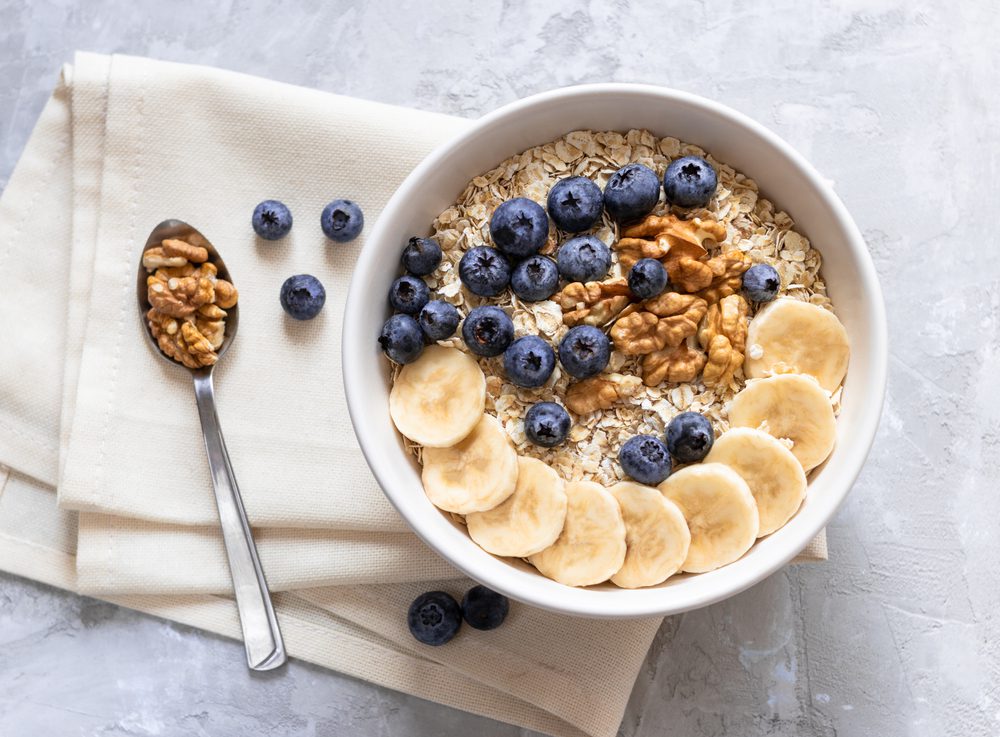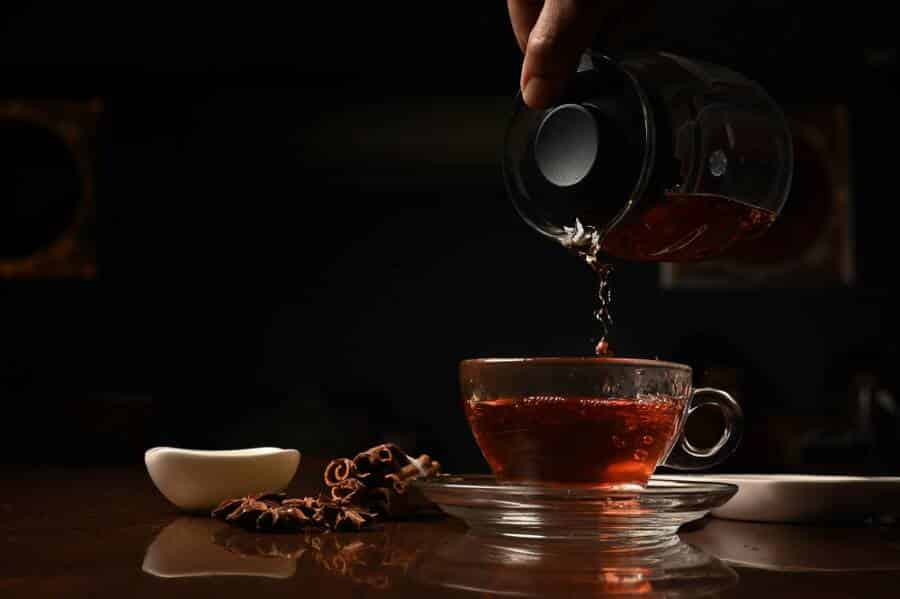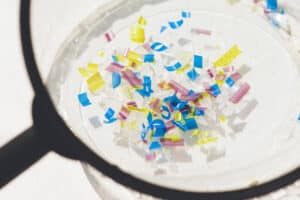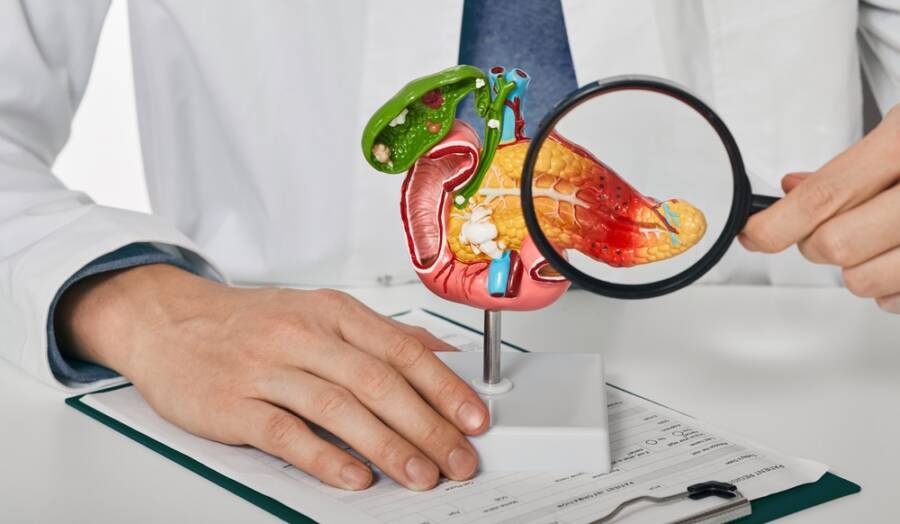In a day and age when we spend almost all the time at home without vacations, concerts, or movie nights out, grocery shopping is probably the most exciting time of the week.
And how couldn’t it be? This is the magical place where we can get fresh bananas from Ecuador, Chinese soy sauce, and a frozen pizza to please our taste buds day and night. Even the smallest stores have dozens of products you can choose from and they’re all colorful, vibrant, and tasty.
This experience pleases our senses so much that we often forget to ask the most important question of them all:
Are these things healthy?
Unfortunately, many times the answer is no. More and more foods from all major food groups are heavily processed, they contain way too much-added sugar or salt and most have artificial flavors as well. These aspects are exactly why we have such a dangerously high rate of obesity, as well as the reason for many of our long-term health problems.
But perhaps the worst part is that many harmful foods actually look incredibly healthy, which makes it even more difficult for us to figure out what we should eat and what we shouldn’t.
With that thought in mind, I’ve created this post that reveals 12 misleading foods you should stop seeing as healthy. Below each food, I’ve also added a secret tip on how to make it healthier or an alternative that’s both tasty and healthy.
Ready? Let’s find out how we can improve our diets together!

Energy bars
This is perhaps one of the most popular snacks considered to be healthy – and some energy bars truly are! However, most products of this kind contain more empty calories and sugars than some actual candy bars.
However, this doesn’t mean that you have to give up on this snack because it can indeed be healthier. Of course, the best alternative is to cook your own energy bars and bites and there are plenty of free online recipes to try.
If you’re not into cooking or don’t have the time, though, read the label very carefully. The truly healthy ones have 100-200 calories, at least 4 grams of protein, and less than 10 grams of sugar.
Reduced-fat peanut butter
Peanut butter is essentially renowned for being one of the best sources of fat out there.
Any type of nut you consume can give you valuable fats that keep you healthy in the long run. For example, this 2017 study published in the Journal of the American College of Cardiology found that eating walnuts, peanuts or tree nuts daily can reduce your risk of heart disease.
In short, there’s no reason to consume reduced-fat peanut butter, because that fat is very healthy!
Even if you do pick that option, there’s no real benefit because both contain the same amount of calories. The only difference is that the reduced-fat alternatives are overloaded with sugar and artificial flavors and, ironically enough, those do add some unhealthy fat to your thighs.
If you’re looking for healthy and tasty peanut butter, try this one out!
Sushi
Don’t get me wrong, not every type of sushi is unhealthy. However, LA-based nutritionist Rachel Beller explains that a single California roll is the same as eating a sandwich with imitation crab meat. Meanwhile, that delicious spicy tuna roll is very similar to just adding an extra tuna with mayonnaise on top.
But does this mean you should give up on sushi? Not at all! All you have to do is to have your favorite rolls wrapped in cucumber or pick alternatives that don’t contain so much rice. Also, you can always make your meals even healthier by enjoying a side salad.

Rice milk
Fortified rice milk may be a good idea occasionally, but plain rice milk offers so few health benefits that consuming it is just not worth it.
Rice milk is the fluid that comes from rice; this fluid is high in carbs, but low in calcium and protein. In other words, it doesn’t provide much of the nutrients you need so badly every day – and not nearly as much as other types of milk do.
Organic cow’s milk, for instance, is rich in vitamins A, D, and B12, as well as potassium, magnesium, and calcium. If you’re vegetarian, vegan, or just want to stay away from animal-originated milk, then almond and soy milk are some truly amazing options.
Banana chips
To me, bananas are everything one could ask for from a fruit: great nutritional content, naturally sweet, available anywhere, and affordable too.
Banana chips, though, aren’t such a great idea; this fried product can give you more than 150 calories and, since it’s thermally prepared, it has already lost many of its nutritional properties in the process.
In other words, if you want something healthy, you should just stick to plain, raw bananas instead – and there are plenty of reasons to do it.
Bottled green tea
In my post about the nutritional benefits of coffee vs. tea, we’ve found that green tea is very rich in antioxidants and other important compounds that keep you healthy in the long run. However, many of the bottled alternatives on the supermarket aisle are nothing more than sugar water mixed with artificial flavors.
This 2018 report from ConsumerLab found that some bottled tea products contain absolutely no ECGC – the valuable antioxidant usually found in green tea which helps you lose weight and prevent cancer.
In simple terms, it’s infinitely better to brew your own cup of tea at home rather than purchase a product that may contain chemicals and empty calories.
Trail mix
So now we know that nuts are healthy and highly recommended due to their fat content. This should make trail mix a pretty healthy snack choice, right?
Well, wrong. The trail mix you find packed in grocery stores often has many unhealthy add-ons that trick your senses while giving you added sugar and artificial flavors. The most common ingredients you might encounter are fried banana chips, sesame sticks, salty fried nuts, or ‘yogurt-covered’ raisins.
If you want a healthy, tasty trail mix, it’s best to just purchase the ingredients separately and make your own mix as you wish. For example, you can mix nuts, seeds, and some at-home dried fruit for extra sweetness.
Pretzels
Since we’re talking about snacks, many people still think that pretzels are a healthy snack choice. However, almost every brand manufacturing these products is using the same ingredients:
- White flour, which is so processed that it has lost its nutrients and fiber intake;
- Yeast
- Salt, salt, and salt again
- Corn syrup
If you notice this recipe on the label, then you’re up for some empty calories that might leave you even hungrier than before your snack. If you just can’t let go of pretzels, make sure to pick those made with whole wheat flour. Other healthier alternatives include soy crisps, popcorn, or grain crackers.
Couscous
This grain looks – and sounds – so exotic that many people assume it’s healthy too. Unfortunately, that’s not always the case since couscous is basically a really tiny pasta.
Like most grains on the market, many couscous products are also refined to the point they have lost their nutritional properties. However, you can look for whole-wheat couscous or opt for its healthier, similarly-looking alternative: quinoa.

Flavored instant oatmeal
Oatmeal is one of the healthiest cereals you can find on the market, but flavored instant oatmeal isn’t the smartest choice when it comes to healthy foods; it’s also very versatile and can be enjoyed as breakfast (overnight oats or our delicious oatmeal smoothie), dessert (oatmeal muffins), or as a yogurt topping.
However, not every product with the word ‘oatmeal’ written on the label is good – especially when it comes to instant oatmeal packets. Flavored packets contain added sugars and sodium, as well as artificial flavors – ingredients you’re much better off without.
Luckily, you can easily avoid such products by purchasing plain rolled or steel-cut oats and using them to create your own delicious dishes. Whether you mix them with fresh fruit, add them to yogurt, or create a delicious overnight mix, this versatile cereal should be part of everybody’s diet.
Multigrain bread
Lately, bread advertisers have started to use words like ‘7 grain’ and ‘multigrain’ to make their products seem much healthier; however, you should never let yourself be fooled by these statements and pick a product without reading the label.
Unfortunately, many brands using such words actually include refined grains in their pieces of bread which, unlike whole grains, don’t give you any fiber at all.
Packaged turkey
Turkey is one of the healthiest sources of lean protein out there; it can even be healthy if you use it alongside veggies to make a quick sandwich. However, many packaged turkey options can be dangerously high in sodium, an ingredient that increases your long-term risks for obesity and heart disease.
For example, a single two-ounce serving can sometimes reach 450 grams of sodium, which is one-third of the daily intake recommended by the American Heart Association. It’s equally important to note that packaged turkey is basically processed meat, which means it already contains fewer nutrients than self-cooked turkey meat does.
As a general conclusion, you can always enjoy the products mentioned above as well – just make sure you do it with moderation. Opt for their healthier alternatives as often as possible and be confident that you can turn any ingredient (even a plain one!) into a delicious treat all by yourself!
Looking for more useful nutrition posts? Check out this article: 11 Amazing Salads You Can Make in 15 Minutes!













